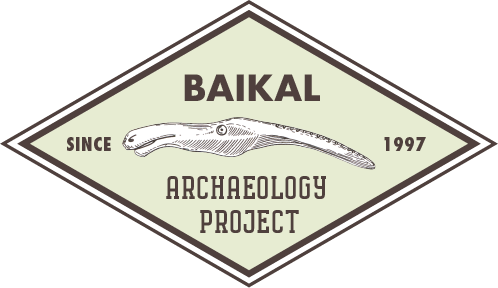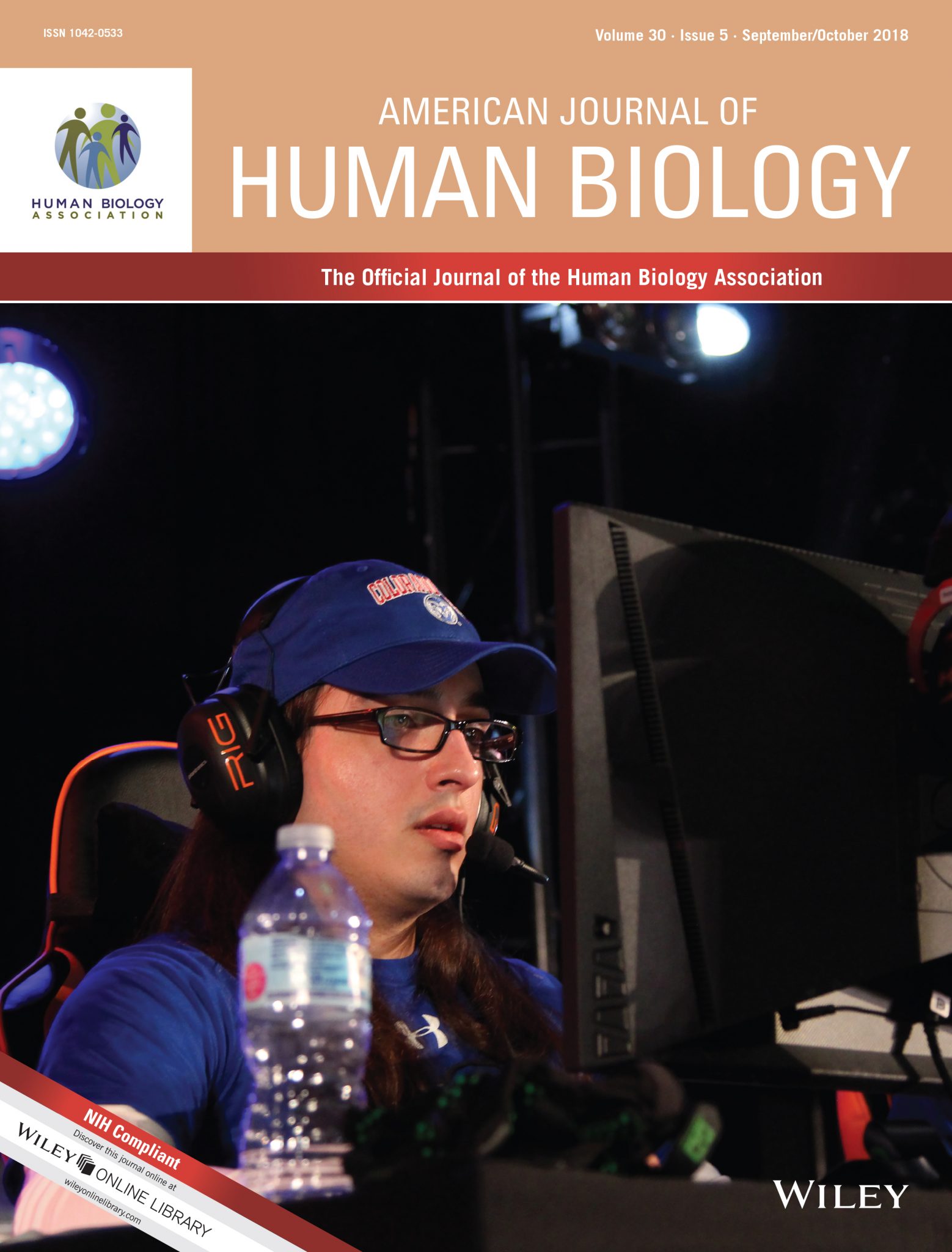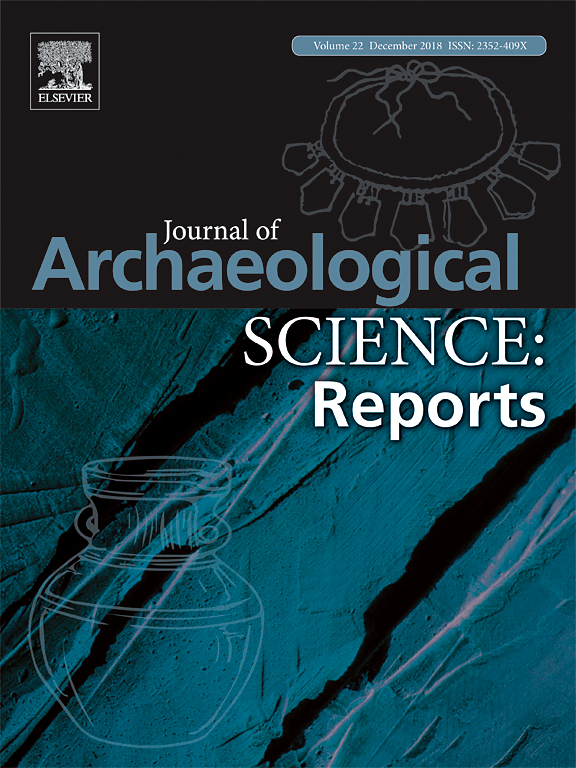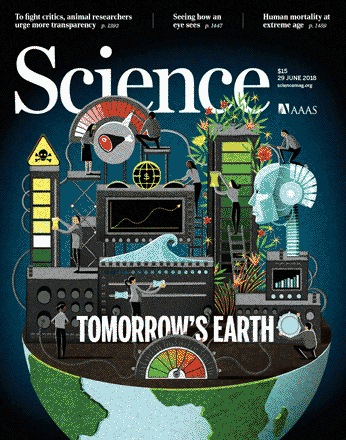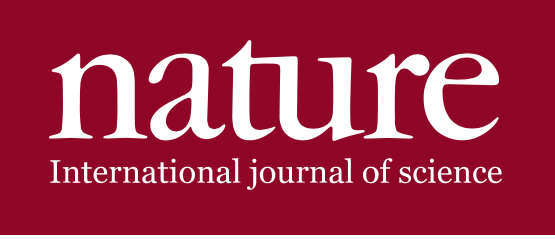Shifting weaning practices in Early Neolithic Cis‐Baikal, Siberia: New insights from stable isotope analysis of molar micro‐samples
Reconstructing individual dietary histories at Shamanka II, an Early Neolithic (7000–5700 cal. BP) Kitoi hunter‐gatherer cemetery in Cis‐Baikal, Siberia, revealed surprising intrapopulation variability in childhood diets. Stable isotope analytical data produced by micro‐sampled first molars identified changes in both the timing and rate of weaning for different individuals. Further, examination within the framework of a high‐resolution radiocarbon chronology identified shifting practices between two phases of cemetery use, and additional links with mortuary treatment that indicates differences relating to group [...]

